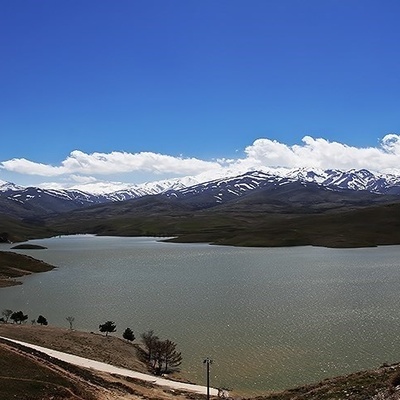Saed News: Before Mohammad Reza Pahlavi married Fawzia Fawad, Reza Shah Pahlavi intended to marry Durr-e-Shahwar to his son in order to establish a connection between the Pahlavi and Ottoman dynasties.


Saed News: According to the history service of Saed News, quoting from Fararo, Durr-e-Shahwar was born on January 26, 1914, in the last days of the Ottoman Caliphate, at the Çamlıca Palace in Istanbul. Her childhood coincided with the politically turbulent period of the empire, and she soon witnessed the end of the caliphate and the exile of the royal family.
After the fall of the Ottoman Empire in March 1924, Durr-e-Shahwar, along with her family, migrated to Nice in southern France. Exile took away the luxurious life they had been accustomed to and confronted them with new challenges. However, the family of Abdülmecid II was able to live well, thanks to support from several Muslim rulers, including the ruler of Hyderabad, India.

During her adolescence, Durr-e-Shahwar Sultan's remarkable beauty, dignified behavior, and royal lineage attracted the attention of many princes and kings of the Islamic world. It is said that Reza Shah Pahlavi intended to marry Durr-e-Shahwar to his son Mohammad Reza Pahlavi to establish a link between the Pahlavi and Ottoman families. At the same time, King Fuad I of Egypt also considered marrying Durr-e-Shahwar to his son Farouk.

On the other hand, Nizam Mir Osman Ali Khan, the wealthy ruler of Hyderabad, India, who financially supported the exiled caliph, introduced his eldest son, Prince Azam Jah, as a serious suitor for Durr-e-Shahwar. Additionally, Prince Mohammad Abid, the son of Sultan Abdulhamid II, also proposed marriage, but Abdülmecid II rejected the request, citing his daughter’s young age. The truth was that Abdülmecid had already preferred to marry Durr-e-Shahwar into the Hyderabad family, a union that could preserve his daughter's position in exile.

Ultimately, in 1931, after prolonged negotiations about the dowry and other matters, Durr-e-Shahwar married Azam Jah. This marriage was not only a family alliance but also a political and financial union for Abdülmecid II's family.

After the marriage, Durr-e-Shahwar was given the title "Dardaneh Begum" and was known as "Princess Berar" in Hyderabad society. Her new life in India, particularly in Hyderabad, was marked by extensive social, cultural, and charitable activities. She was fluent in Turkish, French, English, and Urdu, and used her skills to play a significant role in promoting girls' education, developing healthcare services, and improving the status of women in society.
Durr-e-Shahwar, alongside her cousin Niloufer Sultan, became one of the prominent social figures in Hyderabad. With the support of the Nizam of Hyderabad and the freedoms he granted them, both displayed a modern and progressive image of Muslim women in India.
However, marital differences eventually led to Durr-e-Shahwar and Azam Jah's separation in the mid-1950s. After the divorce, Durr-e-Shahwar stayed in Hyderabad for a while and then moved to London, where she lived until the end of her life.

In her later years, she retained the title "Princess Berar" and remained active in charitable and cultural affairs. She made her final trip to Hyderabad in 2004.
Durr-e-Shahwar Sultan passed away on February 7, 2006, in London and was buried in the Brookwood Cemetery in the city.

